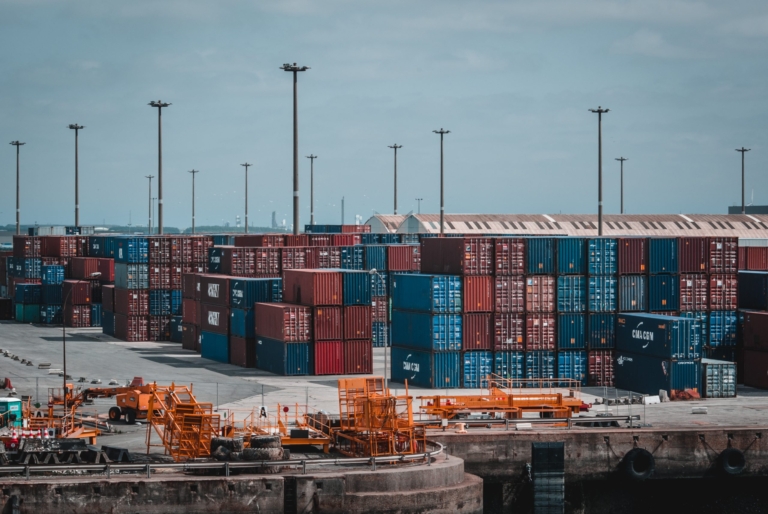Natural disasters can threaten human life, health, and the economy. In a time when we are feeling the impacts of climate change on the environment, natural disasters are increasing in frequency more rapidly than we’d like — along with the damages. According to findings from Our World in Data, the global economic damage caused by extreme weather in 2021 cost $137.68 billion. The second highest economic damage at $75.96 billion in the same year was due to floods. On top of property damage, repairs, and recovery post-disasters, our supply chains are also vulnerable to natural disasters. In today’s post, we’ll look at how they impact product sourcing and global supply chains:
Increasing costs of products.
As mentioned above, the financial costs caused by natural disasters can be devastatingly high. The more damage, the more governments and organizations spend to make repairs and get operations back on track. Suppliers in disaster-prone Southeast Asia, in particular, face uncertainties as they are located in the region that experiences the most natural disasters in the world. Sitting on the Pacific Ring of Fire that houses over 75% of the world’s active and dormant volcanoes, as well as being home to 90% of the world’s earthquakes, Southeast Asia is inevitably prone to disasters — and the economic issues these lead to.
Unfortunately, when significant disasters strike, it impacts the demand for certain products, while delivery times for them become delayed because of damaged roads or channels. As a result, prices increase amidst rising demand. Case in point, we previously wrote about the fluctuation in freight rates in the Sourcing News Blog and how these depend on demand and supply, but also, political, economic, and environmental pressures.
Disrupting the import and export of goods.
In line with the geographical factor that comes with natural disasters, supply chains that rely on production and labor in countries like Japan and China are also vulnerable to supply chain disruption. As China is a major exporter and importer of goods, a natural disaster would slow down not just the country’s economy, but have global effects as well. It would cause shortages across consumer and industrial products — a lot of which are usually manufactured in China — that may lead to inflation and impact the share prices of companies that rely on them for production.
This speculation is in line with the monsoon floods in Japan earlier this spring that affected its logistics industry, causing experts to consider the effects on the global supply chain if a calamity of a similar scale happens in China.
Disrupting water supply chains.
Lastly, water is one of the most vulnerable elements in the global supply chain. Researchers from Germany studied the impact of natural disasters — among other disruptive factors — on water supply, including the effects of disaster responses on the water supply chain. How does water impact the supply chain? Water is used to produce raw materials, manufacture goods into consumable products, and distribute them to the market.
The study cited a significant disturbance of the water system in Los Angeles after an earthquake in 1994 and the positive impact of newly installed filters to improve drinking water quality, after a flood in the Dominican Republic in 2003. Even though it may not seem directly related to the supply chain, many operations involved in global supply chains rely on water to be carried out properly. While we can’t prevent these natural disasters from happening, we can benefit from the policymakers’ and authorities’ response to them and minimize damage to our water systems as much as possible.
Written by Eleanor Grayson for dtl-sourcing.com.
Photo credit: Pexels.







